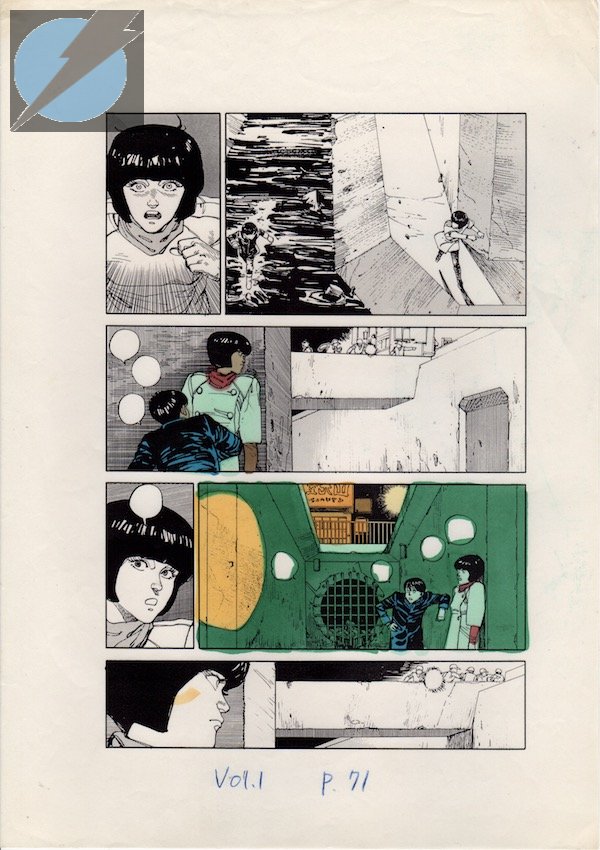

Ōtomo writes and draws a high-speed adventure in meticulous panels filled with painstaking detail, revealing a secret military operation to shape and control psychic powers, an underground organisation trying to liberate the test subjects, an underworld of strange drugs and bizarre motorcycle gangs, and dozens more subplots wrapping around all the action in a post-apocalyptic society barely holding itself together. When Kaneda angrily tries to question him, the child vanishes before Kaneda’s unbelieving eyes. One night on an abandoned motorway, Tetsuo is injured when he is forced to crash his bike to avoid a strange child-like figure standing in the middle of the roadway. They are led by smart-talking, cocky Kaneda, and his closest friend Tetsuo. A gang of rebellious and alienated teenagers like to explore these ruins, racing against each other at dangerous speeds on their motorbikes. Over thirty years since the first serialised chapter began appearing fortnightly in Young Magazine ( ヤングマガジン), does this groundbreaking work still hold up? The short answer is: yes.Īt 2.17pm on DecemTokyo is destroyed by a massive explosion. 38 years later the intricate towers of Neo-Tokyo have risen from the rubble, but large areas of the city including the epicentre of the explosion are still ruins, off-limits to everyone. Akira’s visual and conceptual power spawned a vast army of imitators and devotees hungry for high-velocity, super-charged, psychokinetically fueled and post-apocalyptic fiction who have recycled, reworked, riffed on and paid homage to Ōtomo’s ideas and images ever since. The books and the animated film adaptation which Ōtomo directed himself from his own script and storyboards introduced a generation to Japanese manga and anime.

In almost 2200 pages of complex, stylish and uncompromising science fiction, Akira was ground zero of the manga cyberpunk revolution, a work of sustained brilliance that would influence most of what came after it in some way. Hugely ambitious, complicated, epic in scale and in length, and spectacular in execution. Katsuhiro Ōtomo’s Akira is, in every sense of the word, colossal.


 0 kommentar(er)
0 kommentar(er)
